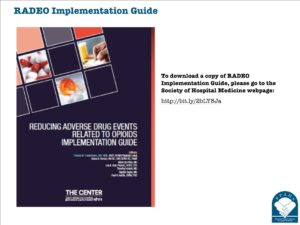Using benzodiazepines and opioids may be a deadly combination. According to the National Institute on Drug Abuse, more than 30% of opioid overdoses involve the use of benzodiazepines.
One of the commonly overlooked complications to safe opioid administration is failing to account for the additive sedation effects of non-opioid medication. In recognition of these dangers, in August 2016, the FDA issued its strongest warning about combined use of opioids and benzodiazepines and issued another caution more recently on September 20, 2017.

To further emphasize that the concomitant use of benzodiazepines and opioids may be a deadly combination, the Physician-Patient Alliance for Health & Safety released a position statement, “Patients Receiving Benzodiazepines, in Combination with Opioid Analgesics, May Suffer from Respiratory Compromise and Death.”
“In order to avoid respiratory compromise and death, there must be significant caution and monitoring of patients receiving benzodiazepines and other sedatives,” said Michael Wong (Founder and Executive Director, particularly when received in combination with opioids. Physician-Patient Alliance for Health & Safety, “particularly when received in combination with opioids.”
To help prevent respiratory compromise and death in patients receiving an opioid analgesic and a benzodiazepine or other sedative, the Physician-Patient Alliance for Health & Safety recommends:
- When a patient is admitted to hospital, it is essential for clinicians to recognize and understand the syndromes of respiratory compromise.
- During hospitalization, patients, who receive an opioid analgesic and a benzodiazepine or other sedative, be placed on a more aggressive monitoring plan, preferably with continuous electronic monitoring by pulse oximetry to measure oxygenation and capnography to measure the adequacy of ventilation.
To read a pdf of the PPAHS position statement on benzodiazepines, please click here.